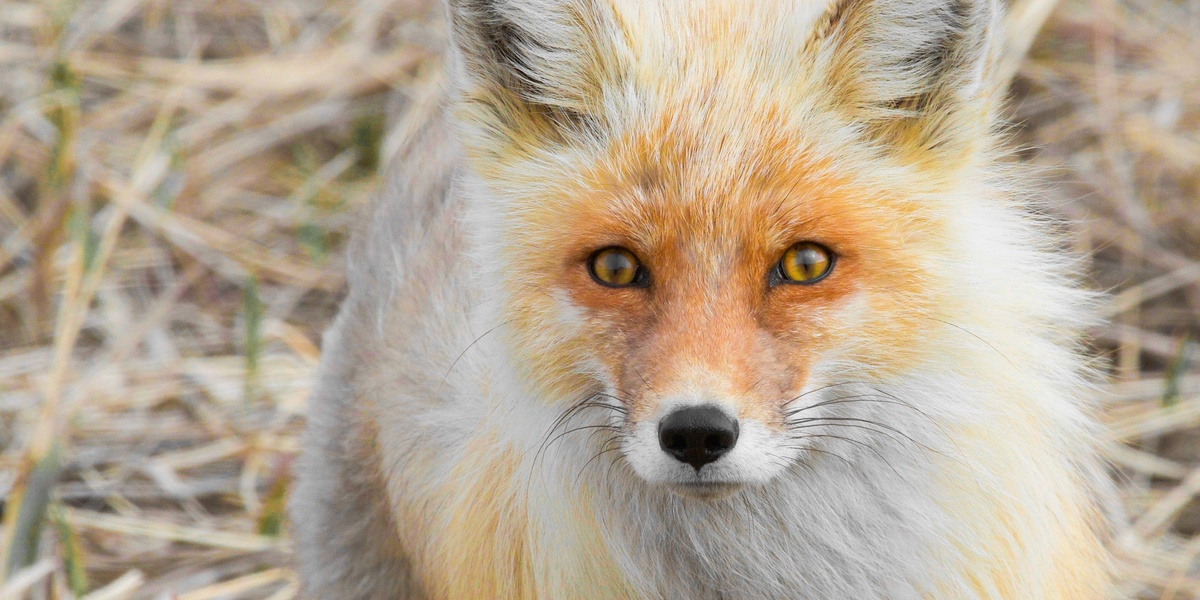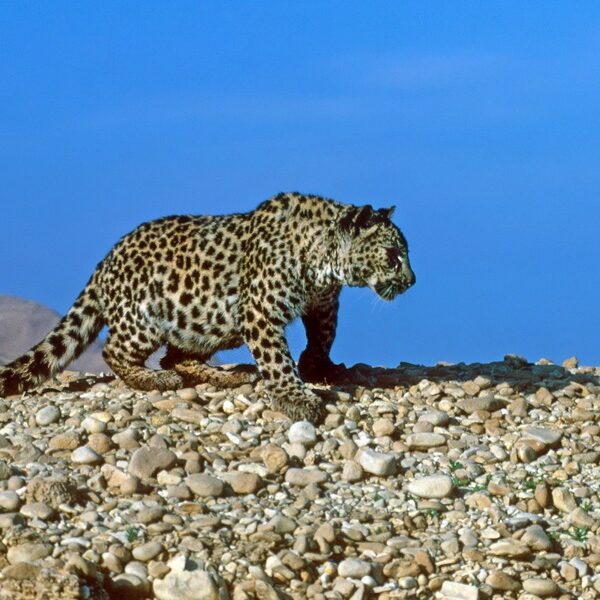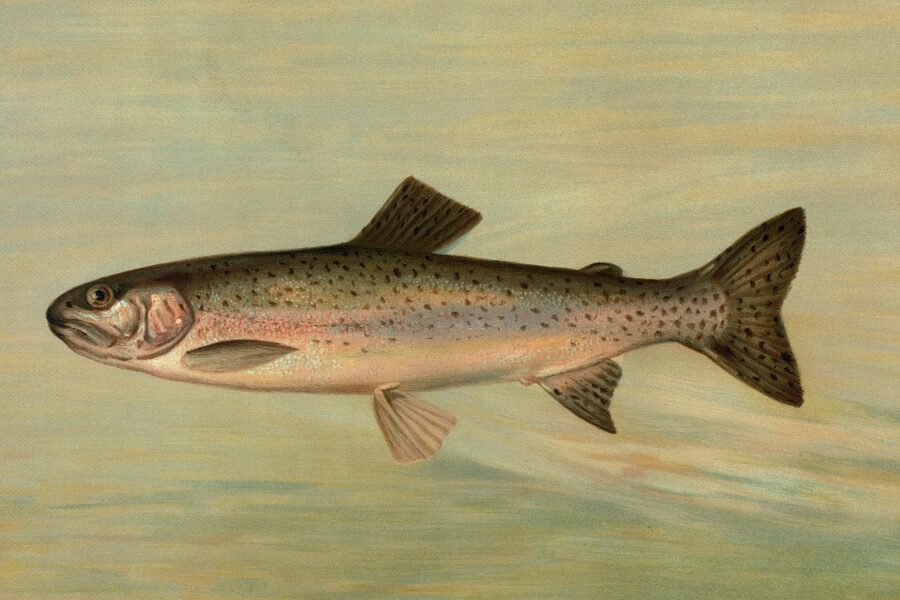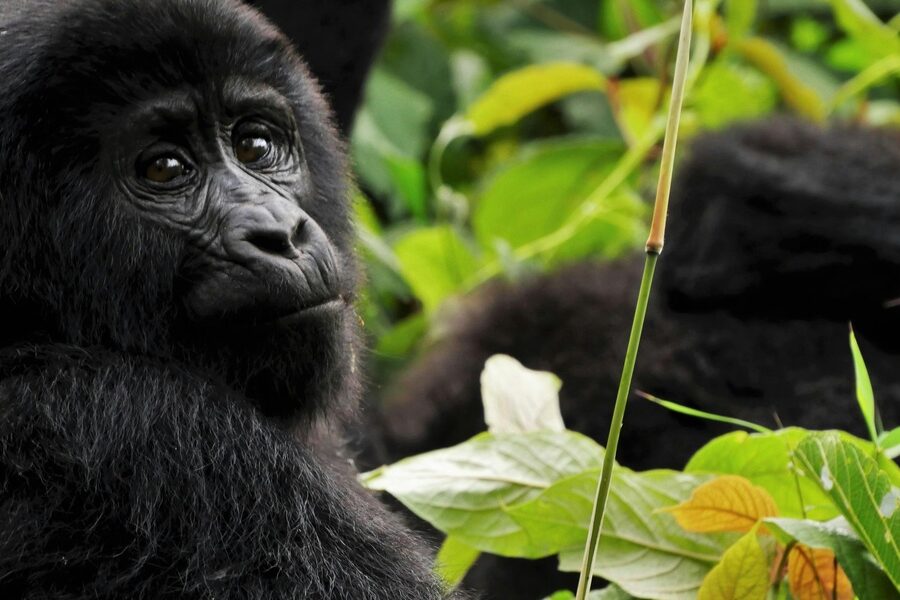Temperate forests are places of seasonal change where understory plants, fungi, and animals shift with the weather and the forest structure. These ecosystems span continents and support species adapted to everything from canopy life to the soil layer, making them rich subjects for study and observation.
There are 50 temperate forest fauna, ranging from American black bear to Wood ant; for each, you’ll find below Scientific name,Size (cm),Range/Region — a concise way to compare taxonomy, typical body size, and geographic distribution you’ll find below.
How were the species selected for this list?
The species were chosen to represent a broad cross-section of animals commonly associated with temperate forests across different regions and niches, prioritizing taxa that illustrate size and range variety; selection was informed by field guides, regional checklists, and authoritative databases to keep the list useful for both casual readers and students.
Can I use this list to help identify animals in the field?
Yes, the table provides quick reference points like scientific names, approximate sizes, and range notes that aid initial identification, but for accurate field IDs you should combine it with photos, local field guides, and observation tools (calls, tracks, behavior) because size and range overlap between species.
Temperate Forest Fauna
| Name | Scientific name | Size (cm) | Range/Region |
|---|---|---|---|
| White-tailed deer | Odocoileus virginianus | 140 cm | North America |
| American black bear | Ursus americanus | 180 cm | North America |
| Eurasian lynx | Lynx lynx | 105 cm | Europe and East Asia |
| Red fox | Vulpes vulpes | 60 cm | Holarctic temperate forests |
| Roe deer | Capreolus capreolus | 95 cm | Europe |
| Brown bear | Ursus arctos | 200 cm | North America, Europe, Asia |
| Koala | Phascolarctos cinereus | 60 cm | Southeast Australia |
| Tasmanian devil | Sarcophilus harrisii | 30 cm | Tasmania (temperate Australia) |
| European badger | Meles meles | 80 cm | Europe |
| Japanese macaque | Macaca fuscata | 57 cm | Japan |
| Pudu (southern pudu) | Pudu puda | 70 cm | Chile, Argentina |
| American robin | Turdus migratorius | 25 cm | North America |
| Varied thrush | Ixoreus naevius | 25 cm | Pacific Northwest (North America) |
| Eurasian jay | Garrulus glandarius | 34 cm | Europe and West Asia |
| Great tit | Parus major | 14 cm | Europe and Asia |
| Pileated woodpecker | Dryocopus pileatus | 48 cm | North America |
| Great spotted woodpecker | Dendrocopos major | 23 cm | Europe and West Asia |
| Tawny owl | Strix aluco | 37 cm | Europe |
| Superb lyrebird | Menura novaehollandiae | 100 cm | Southeast Australia |
| Laughing kookaburra | Dacelo novaeguineae | 44 cm | Eastern Australia |
| North Island brown kiwi | Apteryx mantelli | 45 cm | New Zealand |
| Eurasian nuthatch | Sitta europaea | 13 cm | Europe and Asia |
| Eastern box turtle | Terrapene carolina | 20 cm | Eastern North America |
| Slow worm | Anguis fragilis | 30 cm | Europe |
| Grass snake | Natrix natrix | 90 cm | Europe |
| Japanese rat snake | Elaphe climacophora | 100 cm | Japan |
| Liolaemus pictus | Liolaemus pictus | 15 cm | Chile, Argentina |
| Eastern red-backed salamander | Plethodon cinereus | 7 cm | Eastern North America |
| Pacific giant salamander | Dicamptodon tenebrosus | 25 cm | Pacific Northwest (North America) |
| Rough-skinned newt | Taricha granulosa | 11 cm | Pacific Northwest (North America) |
| Common frog | Rana temporaria | 8 cm | Europe |
| Darwin’s frog | Rhinoderma darwinii | 3 cm | Chile, Argentina |
| Stag beetle | Lucanus cervus | 7 cm | Europe |
| Cecropia moth | Hyalophora cecropia | 15 cm | North America |
| Luna moth | Actias luna | 12 cm | North America |
| Red admiral | Vanessa atalanta | 6 cm | Holarctic temperate forests |
| European spruce bark beetle | Ips typographus | 0.40 cm | Europe |
| Carpenter ant | Camponotus pennsylvanicus | 1.00 cm | North America |
| Wood ant | Formica rufa | 1.00 cm | Europe |
| Cross orb-weaver | Araneus diadematus | 1.50 cm | Europe |
| Fishing spider | Dolomedes tenebrosus | 2.00 cm | North America |
| Nursery web spider | Pisaura mirabilis | 1.00 cm | Europe |
| Wolf spider (Pardosa amentata) | Pardosa amentata | 1.00 cm | Europe |
| North American river otter | Lontra canadensis | 100 cm | North America |
| Sika deer | Cervus nippon | 100 cm | East Asia (and introduced regions) |
| New Zealand tomtit | Petroica macrocephala | 12 cm | New Zealand |
| Huhu beetle | Prionoplus reticularis | 11 cm | New Zealand |
| Garter snake | Thamnophis sirtalis | 60 cm | North America |
| Kākā | Nestor meridionalis | 45 cm | New Zealand |
| Common brushtail possum | Trichosurus vulpecula | 50 cm | Australia |
Images and Descriptions

White-tailed deer
Medium-sized ungulate with reddish-brown coat and white tail; browses understory, shaping forest regeneration. Common in eastern and central temperate forests; abundant in many areas but locally impacted by hunting, habitat fragmentation and overbrowsing that alters plant communities.

American black bear
Omnivorous large mammal with black to cinnamon fur and strong climbing claws; forages on berries, nuts, insects and carrion in temperate forests. Populations recovering in parts, but faces road mortality, habitat loss and occasional human conflict.
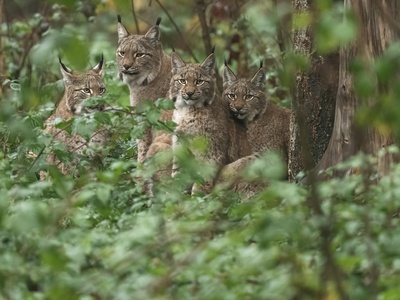
Eurasian lynx
Solitary, medium-sized cat with tufted ears and spotted coat; ambush predator of deer and small mammals in temperate woodlands. Secretive and slow-recovering in some regions; conservation focuses on habitat connectivity and prey availability.
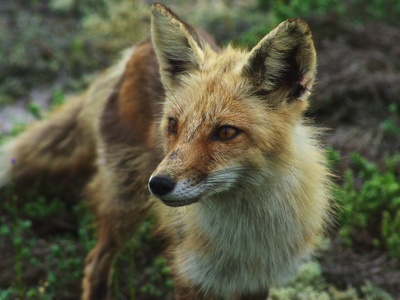
Red fox
Adaptable canid with reddish coat, bushy tail and varied diet; hunts rodents and invertebrates and also scavenges. Occupies a wide range of temperate forests worldwide; thrives near human-modified landscapes while facing disease and persecution in places.
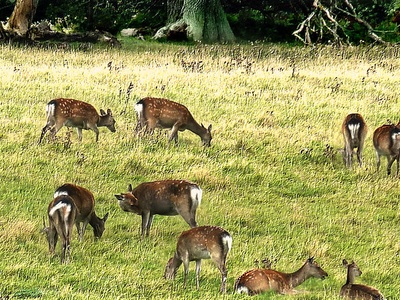
Roe deer
Small, nimble deer with russet coat and white rump; browsers of shrubs and seedlings in European temperate woodlands. Often occurs singly or in small groups, influencing forest regeneration; sensitive to overhunting and fragmentation in some areas.

Brown bear
Large omnivore with varied diet from roots to ungulates; forages, digs and shapes forest ecosystems. Found in temperate forests across continents; many populations vulnerable from habitat loss and human conflict despite localized recoveries.
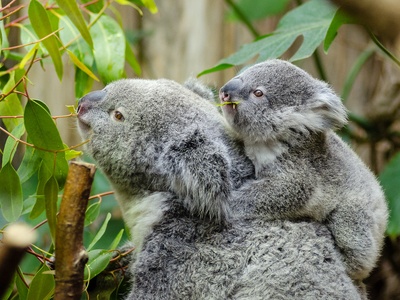
Koala
Arboreal marsupial with dense grey fur and round ears, feeding almost exclusively on eucalyptus leaves in temperate eucalypt woodlands. Highly specialized diet makes it vulnerable to habitat clearing, disease and climate-driven food shortages.
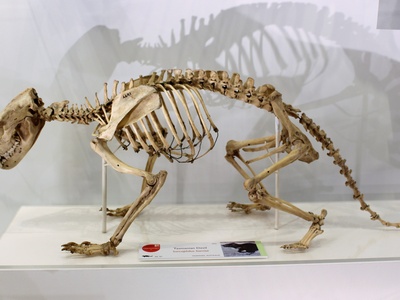
Tasmanian devil
Stocky carnivorous marsupial and scavenger of Tasmanian temperate forests with powerful jaws. Populations declined dramatically due to transmissible facial tumor disease; conservation includes disease management, captive breeding and habitat protection.
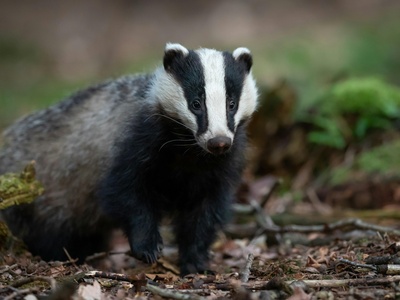
European badger
Nocturnal omnivore with distinctive black-and-white facial stripes; digs setts and feeds on earthworms and small vertebrates in temperate woodlands. Important soil-turning species; generally stable but locally threatened by persecution, road mortality and land-use change.
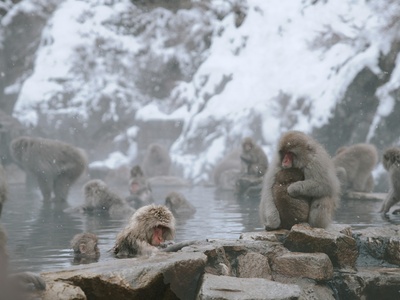
Japanese macaque
Social primate with thick fur and pink face that forms troops in Japan’s temperate forests, sometimes bathing in hot springs during winter. Omnivorous and influential seed disperser; occasionally conflicts with agriculture and is sensitive to habitat alteration.
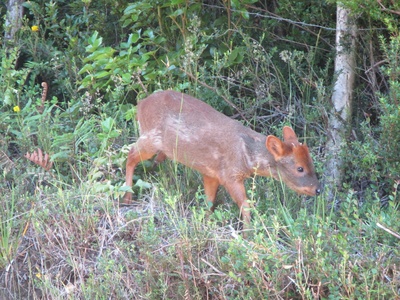
Pudu (southern pudu)
Tiny deer with compact body and rounded antlers inhabiting southern temperate rainforests. Browses understory vegetation; populations declining from habitat loss, introduced predators and fragmentation in fragmented forest landscapes.

American robin
Familiar thrush with orange breast and melodious song, foraging on lawns and forest floors for worms and berries. Widespread across temperate woodlands and edges; common indicator of spring but sensitive to severe habitat alteration.
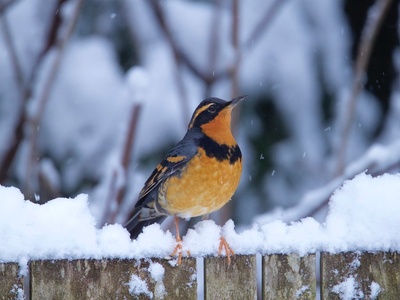
Varied thrush
Striking orange-and-black forest thrush of Pacific temperate coniferous and mixed forests; feeds on invertebrates and berries on the forest floor. Sensitive to logging and fragmentation that reduce mature forest habitat.
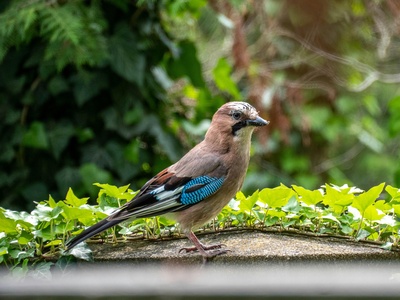
Eurasian jay
Colorful corvid with blue wing patches and crest; caches acorns, dispersing oak seeds across temperate woodlands. Intelligent and vocal, it contributes to forest regeneration. Local abundances shift with forestry and habitat changes.

Great tit
Small, stout songbird with yellow belly and black head; common cavity nester in temperate woodlands. Feeds on insects and seeds; adaptable but shows shifts in breeding timing with climate change and depends on mature trees for nesting.
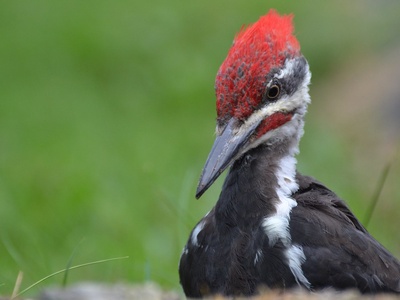
Pileated woodpecker
Large black-and-white woodpecker with prominent red crest; excavates large feeding cavities in dead wood, creating habitat for other species. Relies on mature forests and declines where large standing dead trees are removed.
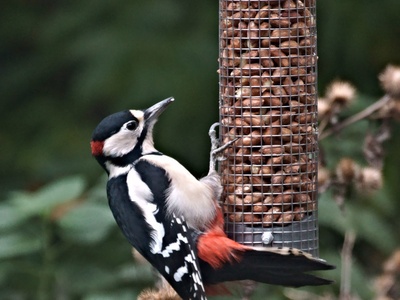
Great spotted woodpecker
Bold black-and-white woodpecker with red undertail; drills into dead wood to find insects in temperate forests. Important cavity nester that supports biodiversity; populations tied to availability of deadwood and old trees.
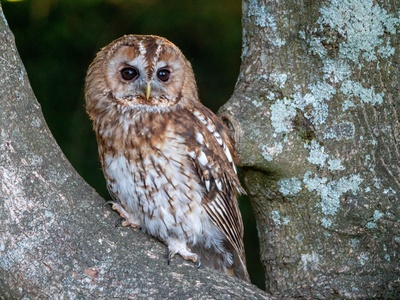
Tawny owl
Stocky, mottled brown nocturnal owl with rounded head; preys on small mammals in temperate woodlands and nests in tree cavities. Generally stable but reliant on old trees and woodland continuity.
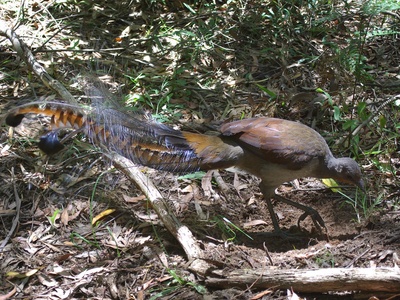
Superb lyrebird
Ground-dwelling passerine famed for elaborate tail and superb vocal mimicry; forages by turning leaf litter in temperate forests for invertebrates. Iconic but threatened locally by habitat loss and intense fire events.

Laughing kookaburra
Large kingfisher with loud laughing call, perching in eucalypt woodlands of temperate Australia. Eats insects, reptiles and small mammals; adaptable but dependent on woodland structure and impacted by large-scale land clearing.

North Island brown kiwi
Nocturnal, flightless bird with long bill and nostrils at tip; probes soil for invertebrates in temperate forests. Critically threatened by introduced predators, conservation focuses on predator control and habitat protection.
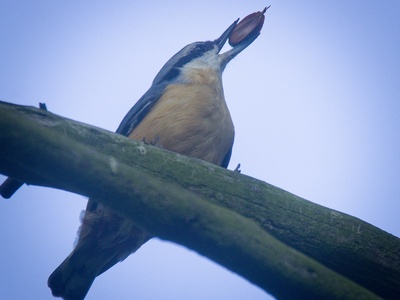
Eurasian nuthatch
Small, agile tree-climbing bird with blue-grey upperparts and orange underparts; wedges seeds into bark and nests in cavities. Common in temperate woodlands but reliant on standing deadwood and mature trees for nesting.

Eastern box turtle
Terrestrial turtle with domed, patterned shell living in leaf-littered deciduous forests; omnivorous, eating invertebrates, fruit and fungi. Vulnerable to habitat loss, road mortality and collection for the pet trade.
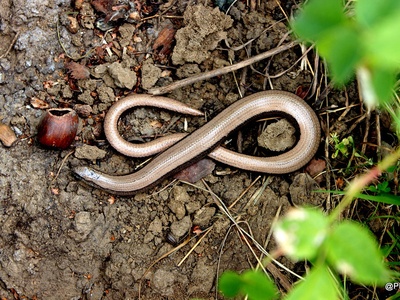
Slow worm
Legless lizard with smooth bronze skin common in grassy and wooded habitats of European temperate forests; feeds on slugs and worms. Secretive and often overlooked; threatened by habitat loss and persecution in some areas.
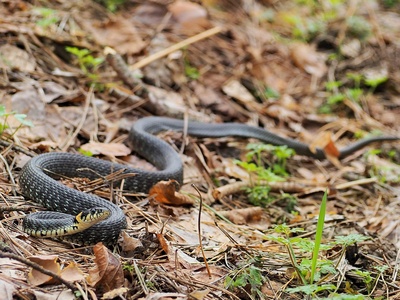
Grass snake
Non-venomous semi-aquatic snake with a pale collar, hunting amphibians and fish near ponds and woodland streams in temperate forests. Populations decline locally from wetland loss, pollution and persecution.
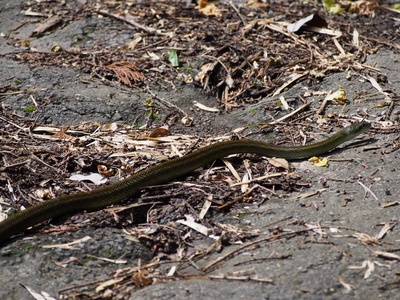
Japanese rat snake
Non-venomous constrictor common in Japanese temperate forests; preys on rodents, birds and eggs. Adaptable to varied forest habitats but affected by road mortality and habitat modification.
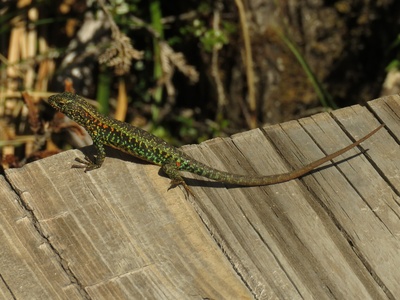
Liolaemus pictus
Small, colorful lizard inhabiting temperate forests and shrublands of southern South America; insectivorous and often found on rocky forest edges. Of conservation concern where native forest is converted for agriculture.
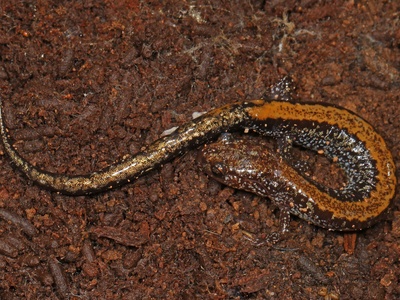
Eastern red-backed salamander
Tiny lungless salamander with red or leaden dorsal stripe, abundant in moist leaf litter of deciduous forests. Key insectivore and indicator of forest microclimate; sensitive to drying and logging.

Pacific giant salamander
Large, robust salamander found in streams and adjacent temperate rainforests; top amphibian predator feeding on fish and invertebrates. Vulnerable to logging, siltation and water pollution that degrade riparian habitats.

Rough-skinned newt
Newt with bright orange belly and potent tetrodotoxin; uses ponds and moist temperate forests. Plays key roles in food webs; impacted by habitat loss and introduction of predatory fish.
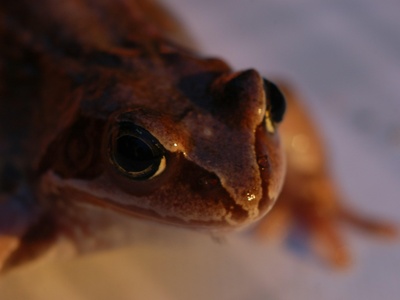
Common frog
Brown-green frog common in European temperate woodlands and wetlands; breeds in ponds and feeds on invertebrates. Tolerant species but local declines occur from pollution, wetland drainage and disease.
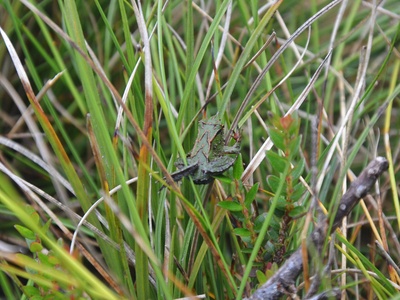
Darwin’s frog
Tiny, unusual frog where males brood young in vocal sac; endemic to temperate Nothofagus forests of Chile and Argentina. Critically endangered from habitat loss and introduced predators, with focused conservation efforts.

Stag beetle
Large beetle with males exhibiting dramatic mandibles; larvae develop in decaying wood of temperate forests. Important decomposer and charismatic species, declining where veteran trees and deadwood are removed.
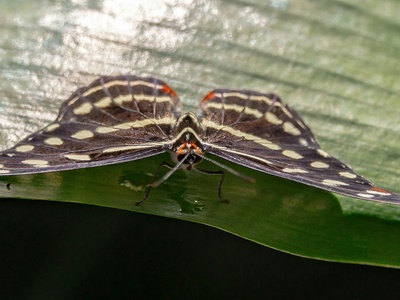
Cecropia moth
North America’s largest native moth with reddish-brown wings and bold markings; caterpillars feed on deciduous trees in temperate forests. Adults are short-lived; populations reflect availability of host trees and mature woodland.

Luna moth
Pale green saturniid moth with long hindwing tails found in temperate deciduous forests; caterpillars feed on several tree species. Adults live briefly and their presence signals healthy, connected forest habitat.

Red admiral
Striking black-and-orange butterfly frequenting woodland edges and clearings; feeds on nectar and sap. Migratory and adaptable, but local numbers vary with habitat, nectar availability and climate.
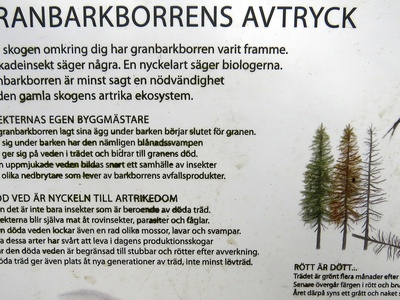
European spruce bark beetle
Tiny bark beetle that attacks weakened spruce in temperate forests; plays a natural role in tree turnover but can cause damaging outbreaks under stress and warming, prompting management and monitoring.
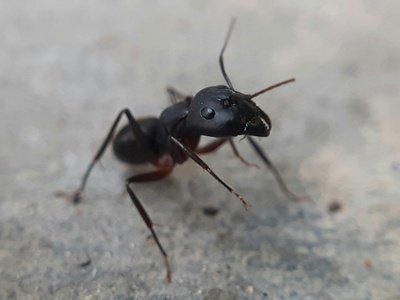
Carpenter ant
Large ant nesting in dead wood of temperate forests, important in decomposition and as predator of other invertebrates. Colony success depends on deadwood availability; forestry practices influence populations.
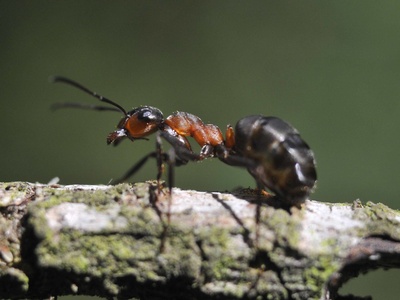
Wood ant
Mound-building ant that forms large colonies in temperate forests, altering soil and preying on invertebrates. Ecosystem engineer whose nests support biodiversity; threatened by intensive forestry and habitat fragmentation.

Cross orb-weaver
Orb-weaver spider with distinctive dorsal white cross, building webs among shrubs and trees in temperate woodlands to catch flying insects. Common and visible in summer, sensitive to large-scale habitat change.
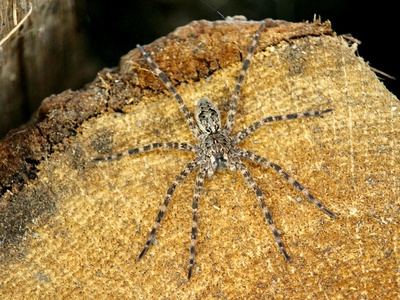
Fishing spider
Large semi-aquatic spider found along forest streams and ponds in temperate forests; hunts on water surface and vegetation for insects and small fish. Indicator of healthy riparian zones; vulnerable to pollution.
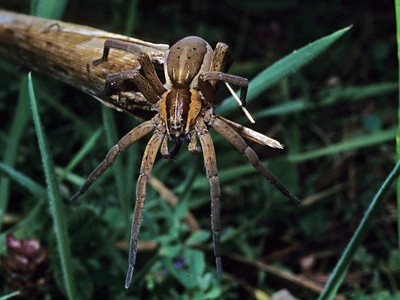
Nursery web spider
Slender hunting spider of forest floors and understory that carries egg sacs and builds nursery webs. Active predator of insects; populations decline where ground vegetation and leaf litter are heavily removed.

Wolf spider (Pardosa amentata)
Active, day-hunting wolf spider found on leaf litter and clearings in temperate forests; preys on small invertebrates and serves as prey for birds and mammals. Sensitive to pesticides and habitat disturbance.
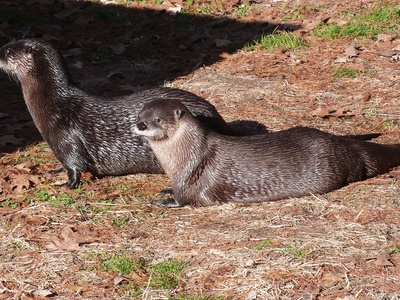
North American river otter
Semi-aquatic mustelid inhabiting forested rivers and wetlands; agile swimmer feeding on fish and invertebrates. Indicates healthy riparian temperate forests and waterways; vulnerable to pollution and habitat fragmentation.
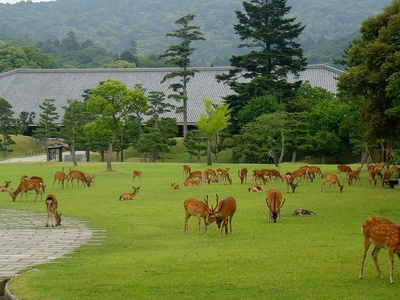
Sika deer
Medium-sized deer native to East Asian temperate forests, browsing shrubs and understory. Widely introduced elsewhere; native populations affected by habitat loss and hybridization with other deer in introduced regions.
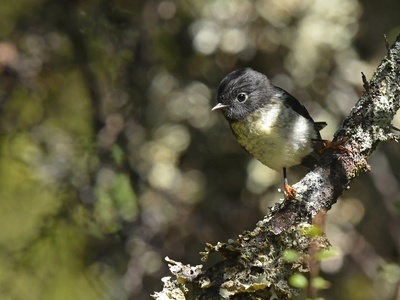
New Zealand tomtit
Small insectivorous passerine of New Zealand’s temperate forests and scrub; gleans insects from foliage and branches. Populations are sensitive to introduced mammalian predators, with conservation focusing on predator control.

Huhu beetle
Large endemic wood-boring beetle of New Zealand temperate forests; larvae develop for years in dead wood. Important decomposer of native trees; threatened by loss of old-growth forest and deadwood removal.
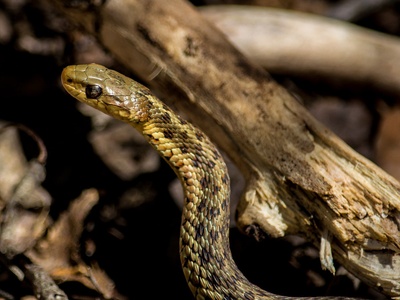
Garter snake
Common, variable-colored snake frequenting forest edges, wetlands and meadows in temperate regions; feeds on amphibians, fish and invertebrates. Adaptable but locally impacted by wetland loss and road mortality.

Kākā
Large forest parrot with olive-brown plumage and noisy calls inhabiting temperate New Zealand forests; feeds on fruits, seeds and invertebrates. Declined from predator introduction and habitat loss; conservation includes predator control and forest restoration.
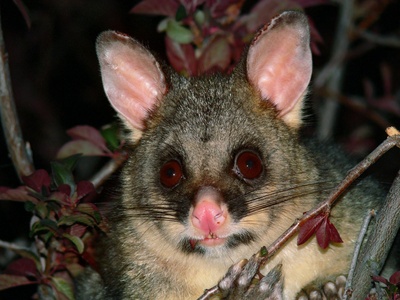
Common brushtail possum
Arboreal marsupial occupying temperate eucalyptus forests; nocturnal omnivore eating leaves, fruit and invertebrates. Native forest species that also uses urban habitats; populations shaped by habitat changes and predator dynamics.
